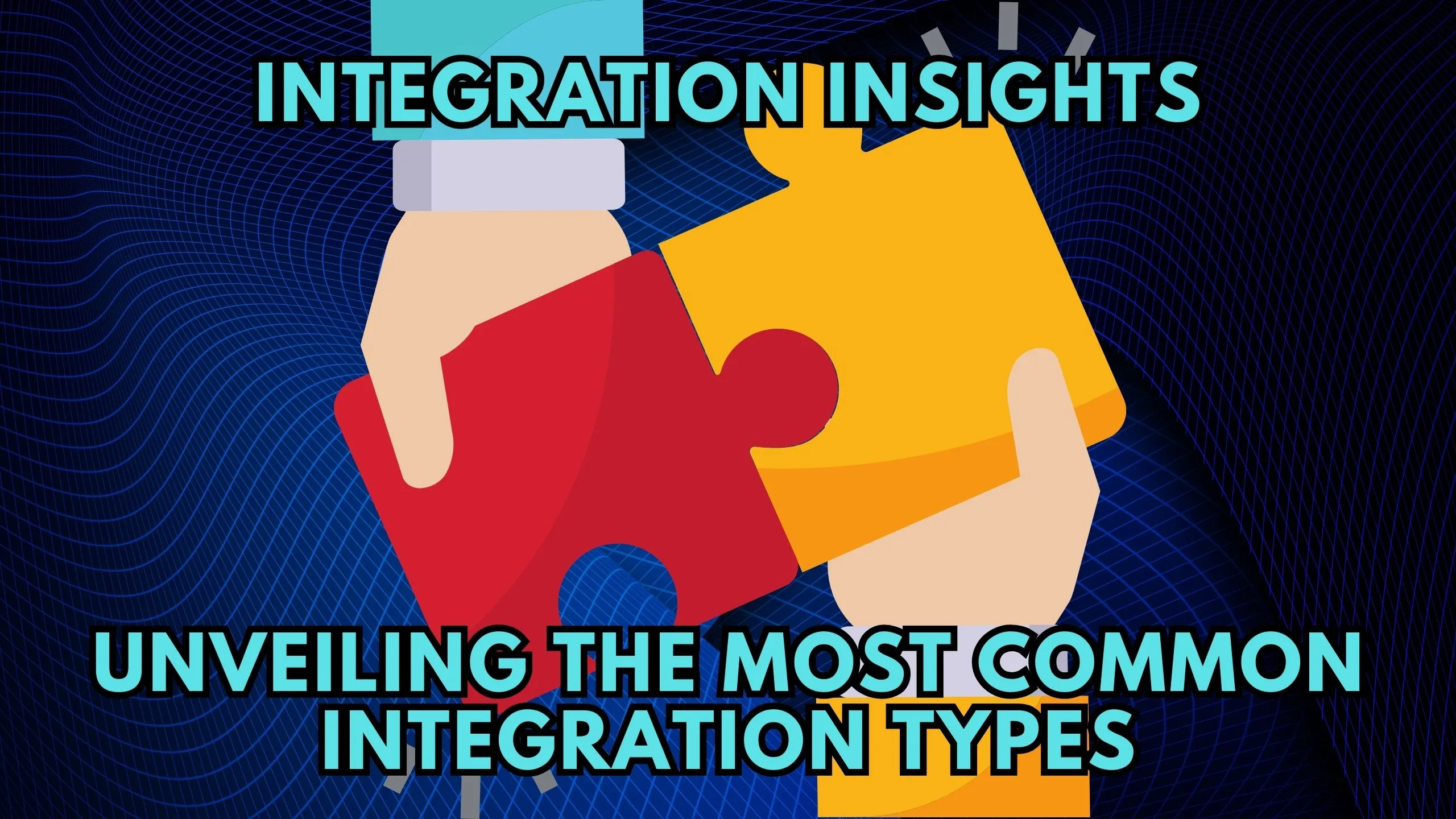Integration Insights: Unveiling the Most Common Integration Types

Integration Insights: Unveiling the Most Common Integration Types
In the dynamic landscape of software applications, seamless integration is key to unlocking the full potential of a SaaS stack. Understanding the most common types of integration is pivotal for businesses aiming to enhance efficiency and streamline operations. In this comprehensive guide, we’ll delve into the intricacies of integration, shedding light on the most prevalent types and how they contribute to optimizing workflows.
1. Point-to-Point Integration: Connecting Directly
Point-to-Point Integration involves connecting two specific applications directly, creating a dedicated link for data exchange. While efficient for a pair of applications, scalability and flexibility can become challenges as more integrations are introduced.
Enhance Direct Connectivity: Zapier simplifies point-to-point integration, allowing users to create automated workflows between various applications without the need for complex coding.
2. Hub-and-Spoke Integration: Centralized Connectivity
Hub-and-Spoke Integration revolves around a central hub that acts as a mediator for connecting multiple applications (spokes). This centralized approach streamlines management but may introduce a single point of failure.
Simplify Centralized Connectivity: MuleSoft‘s Anypoint Platform enables organizations to build a hub-and-spoke integration network, ensuring seamless connectivity and data flow across diverse applications.
3. Middleware Integration: Facilitating Communication
Middleware Integration involves introducing a middleware layer between applications, facilitating communication and data exchange. This middleware acts as a bridge, ensuring compatibility between different software.
Optimize Communication Channels: Dell Boomi‘s integration platform simplifies middleware integration, offering a unified solution to connect applications and streamline data flow.
4. Data Sync Integration: Ensuring Consistency
Data Sync Integration focuses on maintaining consistency across applications by synchronizing data in real-time. This type of integration ensures that changes made in one application are reflected immediately in connected systems.
Achieve Real-time Data Consistency: Segment‘s Customer Data Platform facilitates data sync integration, helping businesses maintain a unified view of customer information across platforms.
5. API-Led Integration: Streamlining Connectivity with APIs
API-Led Integration is centered around Application Programming Interfaces (APIs) to connect applications, systems, and data. By leveraging APIs, businesses can create a network of interconnected services, enabling seamless communication and data exchange.
Harness the Power of APIs: Postman simplifies API development and collaboration, allowing teams to design, test, and document APIs effortlessly, facilitating smooth API-led integrations.
Conclusion: Navigating Integration Landscapes
As businesses evolve, so do their integration needs. Choosing the right integration type depends on factors like scalability, complexity, and specific workflow requirements. Whether adopting a point-to-point, hub-and-spoke, middleware, data sync, or API-led approach, businesses can leverage these integration insights to enhance operational efficiency.
Elevate Your Integration Game with Exclusive Deals!
Discover the power of seamless integration with exclusive deals on Subscribed.fyi. Sign up for free today at Subscribed.fyi Deals to unlock secret savings, manage subscriptions effortlessly, and make informed decisions about your SaaS stack.
Relevant Links:






